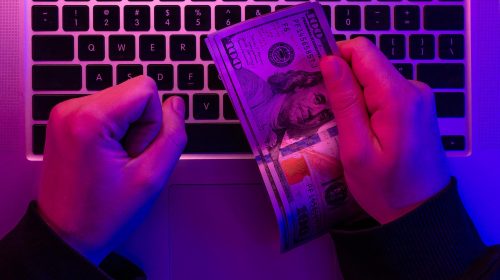The world of trading is fraught with intense competition. It is understandable that traders are interested in learning how Artificial Intelligence (AI) can help them with trading since AI and ML is portrayed as the new wonder weapon for everything.
Artificial intelligence and machine learning are rapidly replacing old trading techniques. What are the various aspects of Machine Learning for trading? We explore.
Table of Contents
What is Machine Learning?
Machine learning is, as the name suggests – the ability of machines to make certain decisions or perform actions, based on the analysis, observations, and experiences within a given set of data. It allows the system to perform a certain task without any particular instructions assigned to them.

Machines learn in the same way as humans do. By observing, practicing, making mistakes, and applying the learnings until we get the expected results. In machine learning, we input the past data or historical data, and machines learn and examine the patterns in the data to apply them in the future dataset to make certain decisions. It helps with the execution, performance, and successful completion of complex and difficult tasks in a robust manner.
Famous examples of machine learning:
- Siri – One of the biggest Voice recognition ML projects by Apple
- Facebook – Face Recognition
- Tesla and Google Maps – Navigation
- Flipkart – Suggestions for products
- Gmail – Spam filters
Overall, machine learning is being utilized across multiple industries in sectors of: Healthcare, E-commerce, Virtual Assistance, Social Media, transport, and Financial Services.
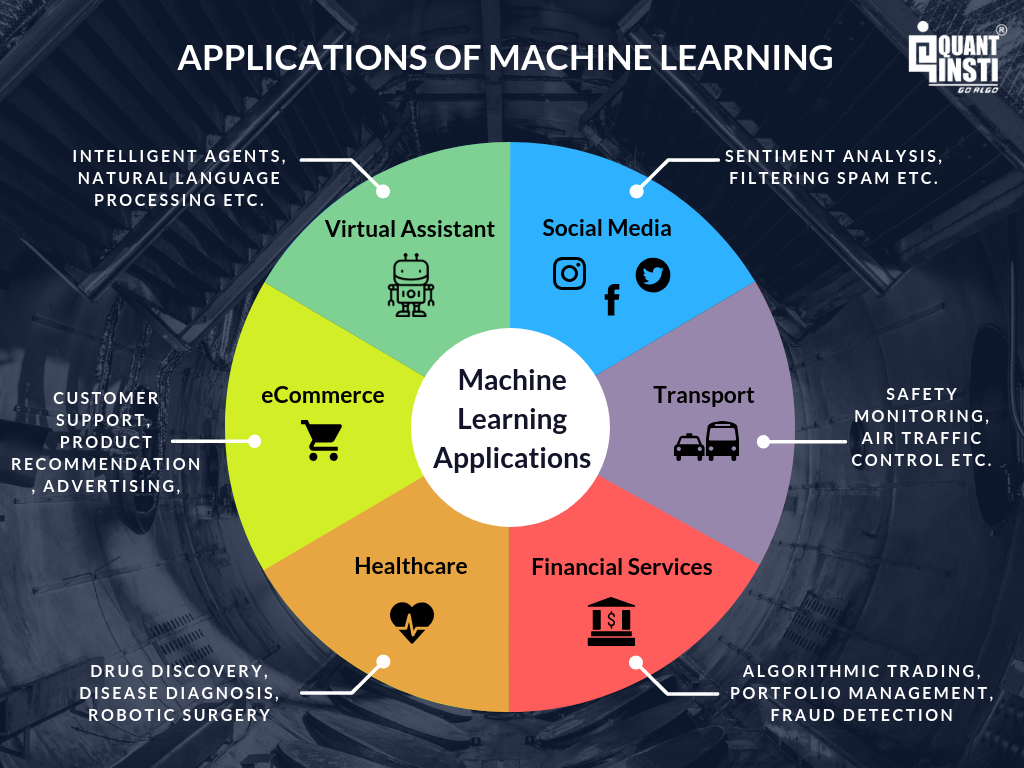
Growth and Future of Machine Learning
The history of machine learning dates back to the 1950s and in this span of 70+ years, it has grown in leaps and bounds.
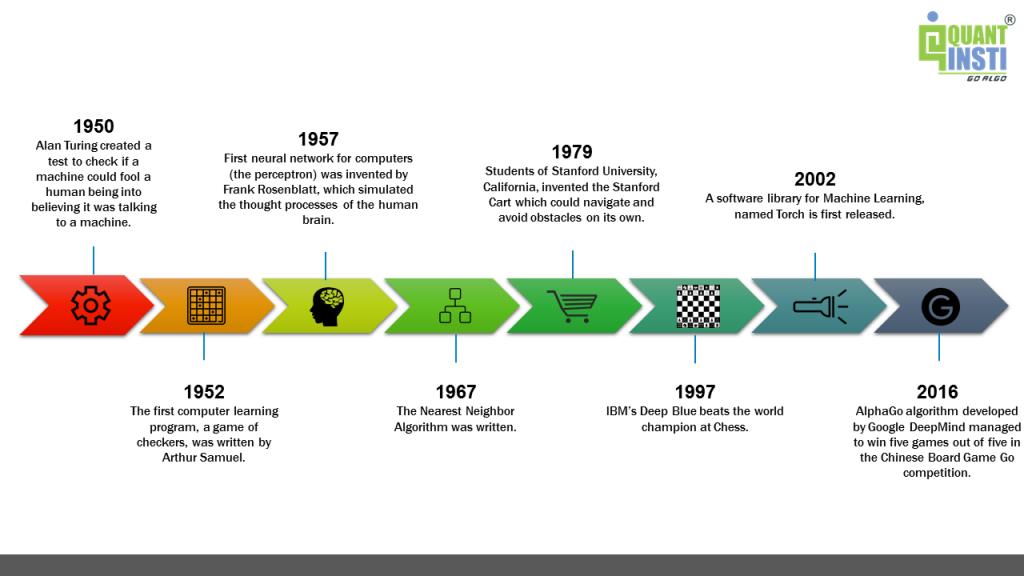
We now live in a world where AI and ML are dominating every aspect of our lives. As reported, a great deal of growth is being achieved in the field of machine learning than anyone could have imagined.
- According to an article by IFI Claims Patent Services (Patent Analytics),: “Machine Learning patents witnessed a growth of 116% CAGR between 2017 and 2018, of which the major patent producers included companies like IBM, Microsoft, Intel, Samsung, Google, etc.”
- In 2018, Forbes India published an article stating that: “AI will surely have a significant role to play in the future of trading. Probably, advanced versions of trading platforms would create and augment themselves. The future will belong to the man with the machine”
- There are tremendous economic development opportunities offered by AI, which is one of the reasons for its growing role. A project undertaken by Price Waterhouse Coopers (PWC) estimated that : “Artificial intelligence technologies could increase global GDP by $15.7 trillion, a full 14%, by 2030.”
Everyone, regardless of size, is attempting to understand and incorporate machine learning into their trading strategies in order to stay a step ahead of their competition, be it a big HFT firm or an individual trader.
Also Read: SOP Full Form
Machine Learning for Trading
The application of Machine learning for trading has become extremely popular, with areas like algorithmic trading witnessing rapid growth. Human decision-making is greatly improved by the use of machine learning algorithms since they manipulate data and forecast the future market. Traders can maximize their returns by taking timely actions based on these predictions.
With ML, trading signals can be extracted from a variety of global markets such as price data, fundamental, and alternative data, so strategies can be tailored to different asset classes and investment horizons. To optimize the trading process, machine learning algorithms can be used to implement trading strategies.
Machine learning algorithms use Learning Models, which allow them to learn the input and output combinations. Then, make its own decisions on a new dataset. ML has different approaches to tackling a problem, which can be divided into –
- Supervised learning,
- Unsupervised learning, and
- Reinforcement learning

Supervised learning –
A supervised learning algorithm uses labeled data to train the machine, meaning that it includes the required input parameters and outputs. A machine learning algorithm is trained using labeled input data for a given output. The model is trained until it detects the underlying patterns and relationships between the input data and the output labels, allowing it to produce accurate labeling results when confronted with previously unseen data.
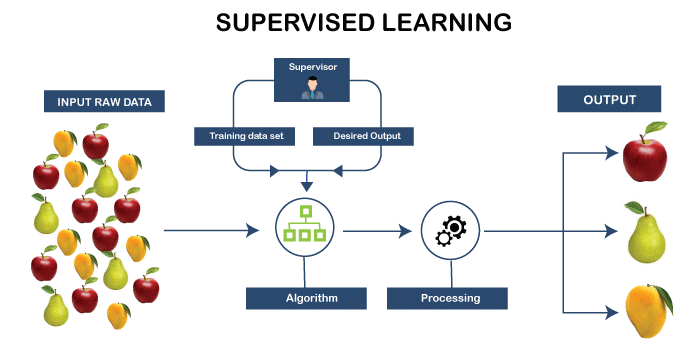
Unsupervised learning –
The unsupervised learning approach goes through unlabeled datasets. An algorithm learns from input data by feeding it with desirable outcomes that are unknown. In the absence of training or guidance, inferences are made based on circumstantial evidence. Machine learning clustering examples fall under this learning algorithm.
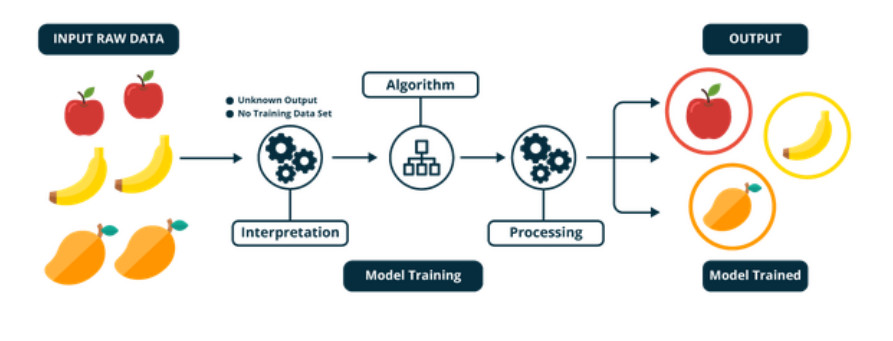
Reinforcement learning
In this machine learning method, desired behaviors are rewarded, and/or undesirable behaviors are punished. An agent that learns through reinforcement is generally capable of taking action, interpreting its environment, and learning from mistakes.
In other words, artificial intelligence is put in a game-like situation in reinforcement learning. It is up to the model to determine how to complete the task in order to maximize the reward. Reinforcement learning is currently the most effective way to hint at machine creativity by leveraging the power of search and many trials.
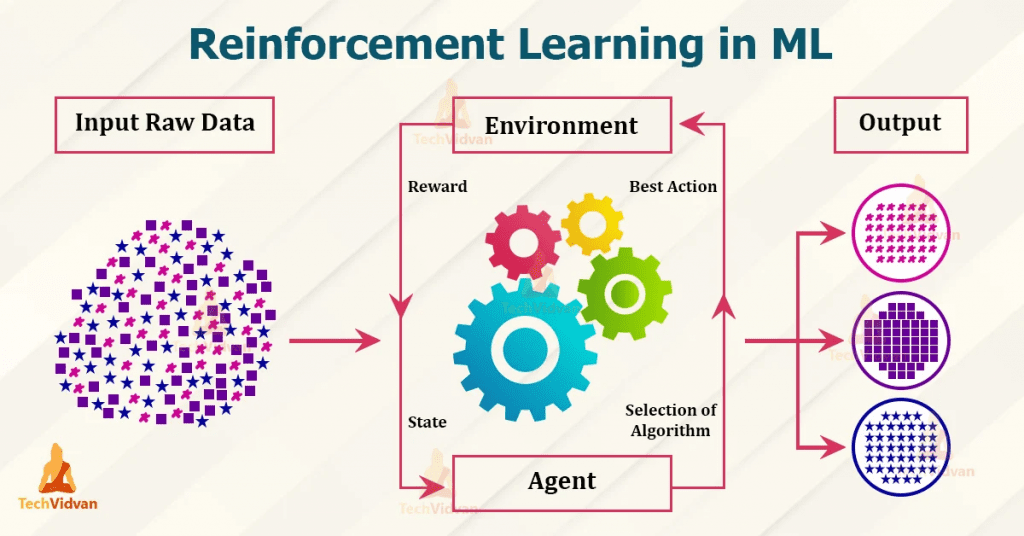
How Machine Learning is used in Trading
As machine learning algorithms eliminate the factor of human emotions, decision-making has evolved. Because algorithms, track data and accurately predict the future of the market. Key features of ML algorithms are that they can spot patterns in large volumes, and can conduct bulk processing of data with more accuracy. Therefore, it can give individual traders a competitive edge and an added advantage.
Machine Learning in High-frequency Trading
High-Frequency Trading (HFT), simply means executing a large/bulk order in a fraction of a few seconds with the help of machine learning algorithms. Traders use algorithms and computers to automate order execution because it takes a long time to read the market trend and place bids manually. Every industry is embracing task automation with AI.
Analyzing data and finding patterns
One of the most essential aspects of machine learning algorithms is to use massive amounts of historical data to accurately predict the future. The traders classify time and space-limited localized patterns and consider how to manipulate these patterns for a higher return. Traders benefit from machine learning algorithms when they can combine their intuition and experience with machine learning algorithms to identify patterns more accurately.
One of the drawbacks of using machine learning to find patterns is that many traders in the same market use it for the same purpose. In other words, there is a lot of competition in the market, and the patterns identified by one trader are also available to other market traders.
Sentiment analysis using machine learning
Stock market movements are heavily influenced by emotions. Machine learning and artificial intelligence are being used by businesses to analyse people’s sentiments. Because people freely express their opinions on social media platforms, social media is a powerful tool for sentiment analysis.
In general, tweets, posts, news articles/headlines, and comments of people who are invested in the stock market can be processed by machine learning algorithms. As a result of this data, an ML model can be trained to forecast stock prices based on different scenarios.
ML for Robot advisor
A multitude of useful applications, including artificial intelligence and machine learning, are being introduced to the world of trading. Robot advisors or Trade bots converse with traders and provide them with a history of financial statements as well as other useful information. Trade bots that are powered by machine learning algorithms outperform humans.
For example, a trader can ask the trading bot about trading offers. The trade bots will not only update him about the current prices but will also provide information about potential offers by considering the responses of other traders.
The cool thing about chatbots is that they can process and learn from previous conversations to improve themselves.
Stock market predictions and Risks management
Traders may be interested in forecasting stock prices in the future. Machine learning and artificial intelligence-powered computer programs can assist them in certifying the accuracy of their predictions. Machine learning algorithms can analyse large amounts of data to assess risks and forecast market changes.
Conclusion
The bottom line? Machine learning algorithms can be used to identify market patterns, assess investment risks, and understand people’s sentiments.
Decision-making has been streamlined and accelerated due to robots and chatbots. However, there has been a significant increase in the competition which resulted in a substantial rise in the number of traders using ML for trading. You too can get started with Machine learning & Deep Learning in Financial Markets for trading, and level up your trades with the latest know-how, knowledge, and technology.
Also Read: What is electronic logbook

